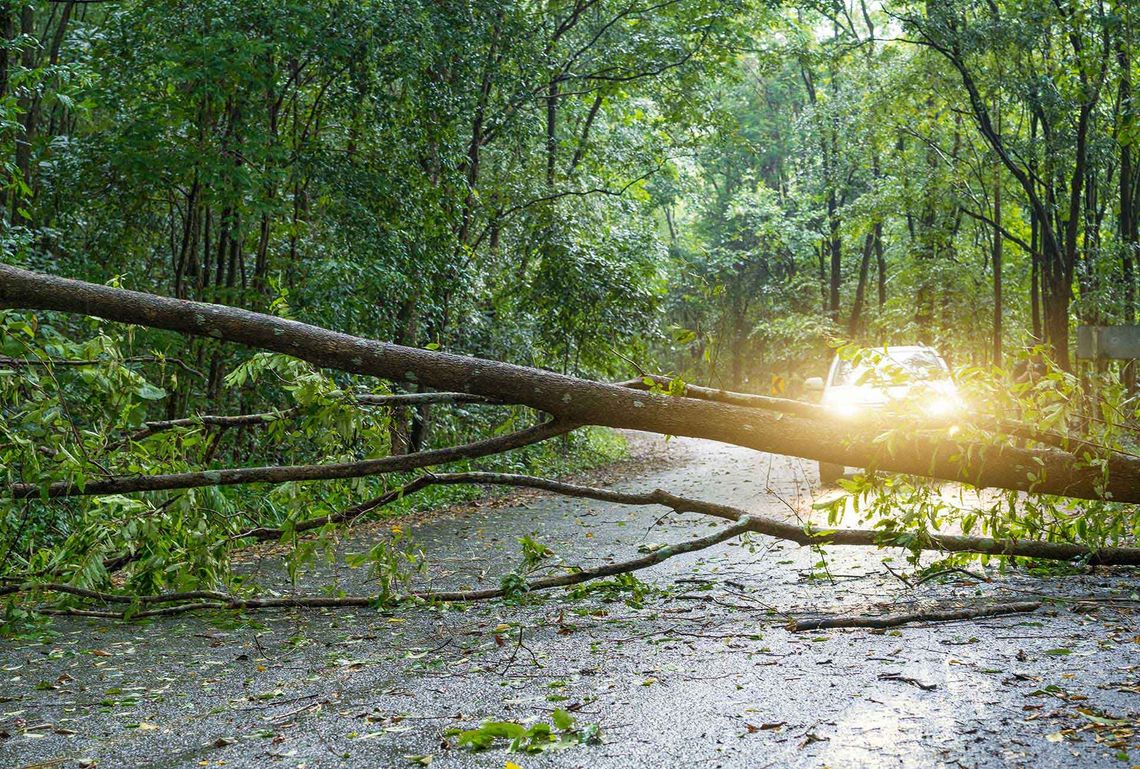
18/01/2021 0 Comments
How Do I Know If a Tree is Dangerous?
While trees can be a fantastic addition to your garden, they can also pose some problems when not maintained properly.
Here at Scanlon Tree Services, one of our most frequently asked questions is “How do I know if my trees are dangerous?” or “How do I know if my trees are dead?” Dying and overgrown trees are dangerous as they pose the risk of falling and destroying property and, sometimes, lives. As well as this, overgrown trees often have extremely long, strong roots which can damage underground pipes and foundations. When a tree is dying or overgrown, it is absolutely essential that it is either pruned by a professional or felled. While the only way to decipher 100% whether a tree is dangerous is to get it checked by a professional tree surgeon, here are a few tips to look out for if you suspect your garden’s trees could be a risk to your home or garden.
Damaged & Broken Branches
While trees will naturally lose some branches from time to time, many damaged and broken branches is not a good sign, especially if these branches are large. Not only do large, falling branches pose an obvious safety risk, but they also pose a massive risk to the tree if not removed professionally. If the branches of your tree are falling off, it could indicate that the tree is rotting from the inside or could also indicate an insect infestation. This is an early warning sign that your tree could be dangerous, and should always be referred to a professional tree surgeon.
Cracks, Splits, or Holes in the Trunk
The trunk of a tree is what gives a tree its structure, and is absolutely vital to ensure that the tree receives protection and nutrients all year round. If your tree has cracks, splits, or holes in it, it could be an indication that the tree is dying. Depending on the size of these defects, structural damage on the trunk of a tree can indicate that internal decay and structural instability are occurring. When left untreated, this can cause the tree to fall, posing a serious threat to items, property, soil, and, potentially, lives.
Leaf Loss
It is completely normal for deciduous trees to lose their leaves over the winter, but if your tree is losing leaves during spring or summer, it could hint that there is a problem. Leaf loss can occur due to a number of reasons including pest infestations, soil issues, root issues, and more. The biggest problem with leaf loss is that trees need leaves to make food, so leaf loss essentially starves the tree of essential nutrients. This, in turn, kills the tree. If you’ve noticed that your tree is losing leaves when it shouldn’t be, get in touch with a professional arborist or tree surgeon for help.
Structural Issues
If you notice that your tree is leaning to one side suddenly, it’s important to seek help from a tree surgeon as soon as possible. A leaning tree can indicate unstable soil and roots, which is extremely detrimental to the tree. When a tree is disturbed from the soil like this, it is a stark indication that the tree could be ready to fall. In order to avoid this, a tree surgeon can help by felling, pruning, or re-planting the tree, depending on the size.
While it’s important to have a qualified tree surgeon check out your concerns regarding the trees on your property, it can be handy to know what to look out for when checking up on whether your trees are healthy or dangerous. For more information on this blog or any other tree concerns, get in touch with the team at Scanlon Tree Services today.

Comments
Leave a comment